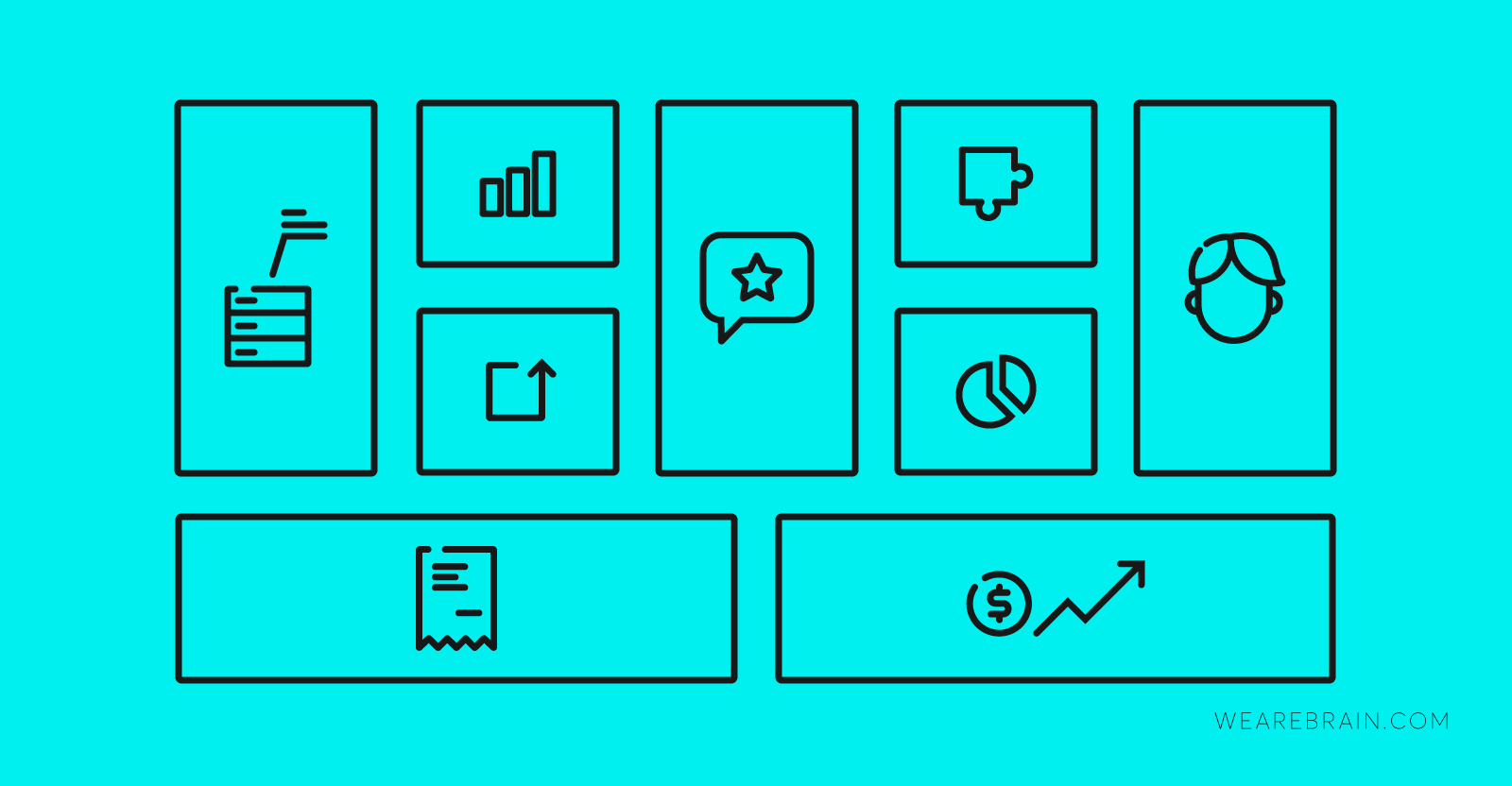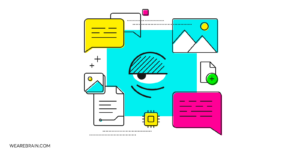Demystifying AI Part 4: What is an AI Canvas and how do you use it?

The AI Canvas is just one of the handy tools that executives can use to map out their own AI strategy. We’ve put together an extensive blueprint to build your AI business strategy in our new book, Working Machines – An Executive’s Guide to AI and Intelligent Automation. If you would like to learn more about these tools and how AI is changing the working world you can purchase your copy today from Amazon, Google Books, Apple Books and Audible.
If you’re in the Startup or Entrepreneurial space you may well have heard of a business model canvas. For those that haven’t, it is a tool you can use to interrogate your business strategy, while also really defining your value proposition, understanding your customer segment and working out the costs you may incur as you build out your business. It’s the perfect template to put all the pieces of your business idea or model to the test.
As this tool’s popularity increased, various other types of canvases have begun to pop up. These days you can find anything from Porter’s Five Forces canvas to a Value Proposition Canvas that will help you investigate important elements of your business. Put quite simply, they are visual charts businesses can use to take the complexity out of any kind of challenge by looking at all the elements that may affect the route to solving these challenges.
It should be no surprise then, that as the number of AI solutions for business increased the more necessary it became to develop canvases that would help assist in mapping out AI strategies and Machine Learning (ML) projects.
The importance of a plan
While the most basic explanation of what Machine Learning systems do — taking in data in a specific format to build models that will predict the future — there are more complexities than that to deal with. Although the principles of what ML systems do is formulaic, the ways they can be executed are vast. This means that before we actually dive into a project feet-first (never a good idea) you need to take a step back and start with an AI canvas.
An AI canvas will help you look at your overall AI strategy so you can correctly identify which processes, products or departments really could benefit from automation.
This canvas can be used at team, department and business level although we do recommend that you collaborate with every department that may touch or be affected by your proposed AI strategy. This means taking a few hours and getting the core people around the boardroom table to thrash it out.
Getting started
Before you have everyone assembled in a room, whether you’re the agency helping your client decide on the correct AI strategy or you’re a business leader who sees value in planning a new product this way, make sure you send the canvas to all attendees so they can come prepared for the discussion.
The keyword is ‘interrogate’, so it’s equally important to ensure you have enough time to get through the canvas from beginning to end. It may even be worthwhile to keep time for each section, although you may find that getting through this planning session will see a lot of ‘connect the dots’ thinking. So, at the very least ensure you have a facilitator for the session, so that they can move the conversation along when it seems that discussions have devolved into semantics (trust us, it happens) rather than working through the required challenges.
Breaking it down
Each column or block in the canvas addresses an important question that needs to be answered when developing your strategy for your proposed AI solution.
Part 1: The jobs to be done
Opportunity — Why Do It? In this block, you need to describe the general AI case and the value proposition that underpins it.
Users — Who needs it? Here you will need to define the systems, products, or organisations using the model outputs.
Strategy — Why us? Don’t automate for automation sake. Be sure you know why you’re doing it. In this section try to quantify and define your competitive data advantage — this needs to be ongoing.
Policy and Process — What else needs to change? This part is quite critical. Pursuing an AI project is likely to have a knock-on effect across your business so be sure to mark down what the necessary data, security and organisational changes will be.
Part 2: How to do it
Solution — What is it? Here you will need to define the general AI model that would be used and its workflow. This will also help you down the line when you get started with your ML canvas (more on this to come).
Data — What are the model inputs? Identify the sources of data that will provide the training data for your ML system. These could be anything from existing systems to API’s or databases.
Transfer learning — How will we build it? Without a doubt, if you’re pursuing a new AI solution you need to call in the professionals to guide the project but you should also review existing research papers, models or datasets. These will help you accelerate development. Your ‘professionals’ should be doing the same.
Success Criteria — How will we know it works? Like any project undertaken you need to know how you will determine that project’s success and an AI strategy is no different. Set KPIs as you normally would for a project and ensure you define success benchmarks. Equally important is defining testing criteria. With the likely effect your AI strategy and solutions will have on your business, it’s important that you know what you’re expecting out of them.
Being thorough is essential so we decided we would share an alternative AI canvas we frequently incorporate into the process when building an AI solution for a client. This canvas also takes into consideration the types of skills needed to execute the project and the likely integrations that will be required. It also looks at what the solution will cost and whether or not it will help the business generate revenue, even if it’s not from direct sales.
Understanding all of these key elements will almost certainly help you make a decision on how to pursue AI within your organisation and your AI canvas will act as a roadmap for everyone involved in the project. It’s not only handy for your dev team it will also help you when you need to explain the project to those in the business that are less tech-savvy.
Once you’ve got the go-ahead
Having your strategy in place and your AI project/product defined is just the beginning. If your AI solution involves Machine Learning (and it’s very likely it will), we really recommend you make use of a Machine Learning canvas. It is equally as effective as the AI canvas as it really lets you drill down into what the ML task is, how decisions are made by the system and what the parameters are for each part you are automating.
In our next article on demystifying AI, we’ll look at how to use a Machine Learning Canvas, and specifically how it helps with the execution of AI projects in general. Read the previous articles of our series on Artificial Intelligence:
- Part 1: What does an AI engineer do all day?
- Part 2: Exploring the industries which benefit from artificial intelligence
- Part 3: Getting started with an AI strategy and roadmap
Mario Grunitz
Working Machines
An executive’s guide to AI and Intelligent Automation. Working Machines takes a look at how the renewed vigour for the development of Artificial Intelligence and Intelligent Automation technology has begun to change how businesses operate.







